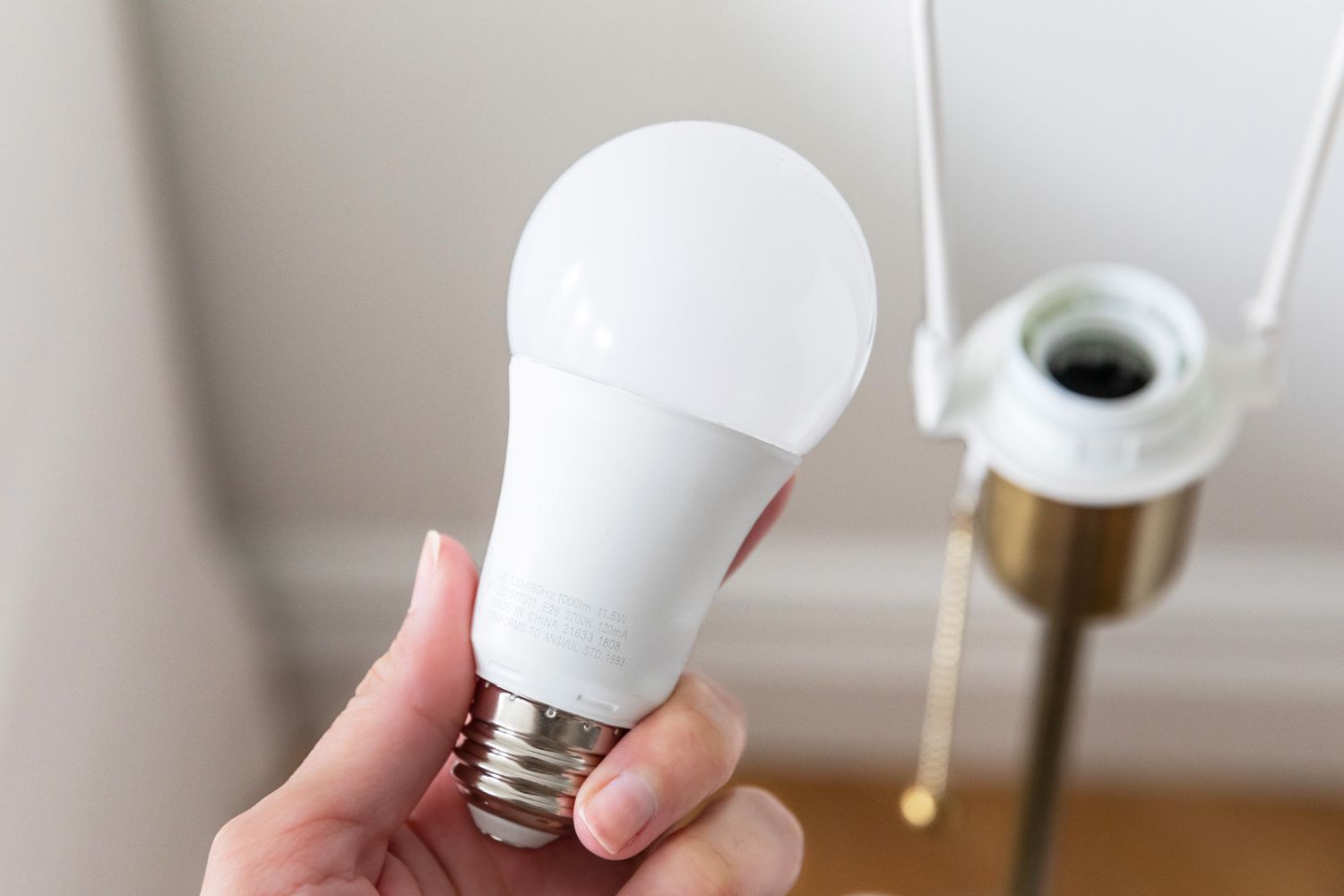

Furniture
What Is A Type A Lamp Light Bulb
Modified: August 22, 2024
Discover the versatility of Type A lamp light bulbs for your furniture. Upgrade your lighting with the perfect fit for any design style.
(Many of the links in this article redirect to a specific reviewed product. Your purchase of these products through affiliate links helps to generate commission for Storables.com, at no extra cost. Learn more)
Introduction
The world of lighting has witnessed numerous advancements throughout the years, offering consumers a wide range of options to illuminate their spaces effectively. One such option is the Type A lamp light bulb. A Type A lamp light bulb is a versatile lighting solution that is commonly used in a variety of settings, from residential homes to commercial establishments.
In this article, we will delve into the details of what exactly a Type A lamp light bulb is, its common uses, advantages, and disadvantages, as well as the factors to consider when choosing this type of light bulb. Whether you are looking to revamp the lighting in your home or searching for the right lighting option for your business, this article will provide you with the essential information to make an informed decision.
Key Takeaways:
- Type A lamp light bulbs offer familiar warmth and versatility, but their energy inefficiency and environmental impact should be considered. LED and CFL bulbs provide more sustainable and cost-effective alternatives.
- When choosing Type A lamp light bulbs, consider factors such as wattage, color temperature, and energy efficiency to achieve optimal lighting. LED bulbs offer significant energy savings and longer lifespans for a more sustainable choice.
Read more: What Is Type A Light Bulb
Definition of a Type A Lamp Light Bulb
A Type A lamp light bulb, also known as a standard incandescent light bulb, is a traditional lighting option that is widely used in various applications. It is characterized by its pear-like shape and the familiar filament inside the glass bulb. This type of light bulb uses a tungsten filament that glows when an electric current passes through it, producing a warm and comforting light.
One distinguishing feature of a Type A lamp light bulb is its base type. It typically has a screw base, known as an Edison base, which allows for easy installation in compatible light fixtures. The most common base sizes for Type A lamp bulbs are E26 (medium) and E12 (candelabra), but other base types may also be available.
Type A lamp light bulbs come in various wattages and voltage ratings to suit different lighting needs. The wattage indicates the amount of energy consumed by the bulb and directly affects its brightness. Higher wattage bulbs produce more light, while lower wattage bulbs emit a softer glow. Voltage ratings indicate the electrical compatibility of the bulb with the power supply, ensuring safe and efficient operation.
It’s important to note that while Type A lamp light bulbs are one of the most commonly used lighting options, they are gradually being phased out due to their energy inefficiency. In recent years, there has been a shift towards more energy-efficient alternatives, such as LED (Light Emitting Diode) and CFL (Compact Fluorescent Lamp) bulbs, which consume significantly less energy and have a longer lifespan.
Common Uses of Type A Lamp Light Bulbs
Type A lamp light bulbs find extensive use in both residential and commercial settings. Their versatility makes them suitable for a wide range of applications. Here are some common uses of Type A lamp light bulbs:
- General Lighting: Type A lamp light bulbs are commonly used for general lighting purposes in living rooms, bedrooms, and hallways. Their warm and cozy glow creates a comfortable ambience, making them ideal for creating a relaxing atmosphere in residential spaces.
- Task Lighting: Due to their availability in various wattages, Type A lamp light bulbs are also used for task lighting. Whether in kitchens, offices, or workshops, these bulbs provide focused lighting to help individuals perform specific tasks with ease and precision.
- Ambient Lighting: Type A lamp light bulbs can be used to create ambient lighting in spaces like dining areas and restaurants. Their warm light can enhance the mood and create a welcoming and intimate ambience for gatherings and social events.
- Decorative Lighting: The unique shape and design of Type A lamp light bulbs make them popular for decorative lighting purposes. They can be used in chandeliers, pendant lights, and wall sconces to add a touch of elegance and vintage charm to any space.
- Outdoor Lighting: Type A lamp light bulbs with appropriate protection and weatherproofing can also be used for outdoor lighting applications. They are often used in porch lights, post lamps, and outdoor fixtures to illuminate pathways and enhance the overall security of the property.
Type A lamp light bulbs are widely available and can be found in various wattages, sizes, and designs to suit different lighting requirements. However, it’s essential to consider energy efficiency and the specific needs of your space when choosing the right Type A lamp light bulb for your application.
Advantages of Type A Lamp Light Bulbs
Type A lamp light bulbs, despite their traditional design, still offer several advantages that make them a popular choice for many lighting applications. Here are some of the key advantages of Type A lamp light bulbs:
- Familiar and Warm Light: Type A lamp light bulbs emit a warm and cozy light that is reminiscent of traditional incandescent bulbs. This warm glow creates a comforting and inviting atmosphere in residential spaces.
- Wide Availability: Type A lamp light bulbs are widely available in various stores and online marketplaces. They can be easily purchased and replaced when needed, making them a convenient option for consumers.
- Versatility: Type A lamp light bulbs come in different wattages, allowing users to choose the desired level of brightness for their specific needs. Whether you require ambient lighting or focused task lighting, there is a Type A lamp light bulb available to suit your requirements.
- Compatibility: With their Edison screw base, Type A lamp light bulbs are compatible with a wide range of light fixtures. They can be easily screwed into place, making installation a hassle-free process.
- Cost-effective: Type A lamp light bulbs are generally more affordable compared to newer lighting technologies such as LED or CFL bulbs. If budget is a concern, Type A lamp light bulbs can provide a cost-effective lighting solution.
While Type A lamp light bulbs have their advantages, it’s important to note that they are not the most energy-efficient lighting option available. They consume more energy and have a shorter lifespan compared to LED or CFL bulbs. Therefore, it is worth considering the long-term energy savings and environmental benefits of newer lighting technologies when making a lighting choice.
Disadvantages of Type A Lamp Light Bulbs
While Type A lamp light bulbs have their advantages, they also come with a few notable disadvantages that should be taken into consideration when choosing the right lighting option for your needs:
- Energy Inefficiency: One of the main drawbacks of Type A lamp light bulbs is their energy inefficiency. They convert a significant portion of the energy they consume into heat rather than light, resulting in higher energy bills. This inefficiency also contributes to their shorter lifespan compared to more energy-efficient alternatives.
- Shorter Lifespan: Type A lamp light bulbs have a relatively shorter lifespan compared to LED or CFL bulbs. On average, a Type A lamp light bulb will last around 1,000 to 2,000 hours, depending on its wattage. This means that they will need to be replaced more frequently, increasing maintenance and replacement costs.
- Environmental Impact: Due to their energy inefficiency and shorter lifespan, Type A lamp light bulbs have a greater environmental impact compared to more energy-efficient options. They contribute to higher energy consumption and require more frequent disposal, which can result in increased landfill waste.
- Heat Generation: Type A lamp light bulbs can generate a significant amount of heat while in operation. In enclosed fixtures or confined spaces, this heat can build up and potentially cause damage to the fixture or affect the surrounding environment. It is important to ensure proper ventilation and use caution when using Type A lamp light bulbs in tight spaces.
Given the energy inefficiency and environmental impact of Type A lamp light bulbs, it’s worth considering newer lighting technologies, such as LED or CFL bulbs, which offer greater energy efficiency, longer lifespans, and a reduced environmental footprint. However, if the warm and familiar glow of a Type A lamp light bulb is preferred, using the bulb sparingly and considering energy-saving practices can help mitigate some of these disadvantages.
When purchasing a Type A lamp light bulb, make sure to check the base size and shape to ensure it will fit your fixture. Type A bulbs are commonly used in table lamps, floor lamps, and some ceiling fixtures.
Read more: What Is A Type C Light Bulb
Comparison to Other Types of Light Bulbs
When considering lighting options, it’s essential to compare Type A lamp light bulbs to other types of light bulbs to make an informed choice. Here is a comparison of Type A lamp light bulbs to two popular alternatives:
- LED (Light Emitting Diode) Bulbs: LED bulbs have gained widespread popularity due to their energy efficiency, long lifespan, and versatility. Compared to Type A lamp light bulbs, LED bulbs consume significantly less energy, typically lasting 25,000 to 50,000 hours or more. LED bulbs also emit very little heat, making them safer to use and suitable for enclosed fixtures. While LED bulbs may have a higher upfront cost, the long-term energy savings and reduced maintenance make them a cost-effective choice.
- CFL (Compact Fluorescent Lamp) Bulbs: CFL bulbs are another alternative to Type A lamp light bulbs. They are more energy-efficient than incandescent bulbs, but not as efficient as LED bulbs. CFL bulbs have a longer lifespan compared to Type A lamp light bulbs, typically lasting around 8,000 to 15,000 hours. However, CFL bulbs contain a small amount of mercury and require proper recycling to minimize environmental impact. They also take a few moments to reach full brightness, unlike instant-on capabilities of LED or Type A lamp light bulbs.
Compared to LED and CFL bulbs, Type A lamp light bulbs still have their place in certain applications where the warm and familiar glow is desired. They are readily available, easy to install, and generally more affordable upfront. However, their energy inefficiency, shorter lifespan, and environmental impact make them less favorable in terms of overall cost and sustainability when compared to LED and CFL bulbs.
It’s important to consider the specific lighting needs, energy efficiency requirements, and budget constraints when choosing between Type A lamp light bulbs and other alternatives. Taking into account factors such as lifespan, energy savings, environmental impact, and the desired lighting effect will help you make the most suitable choice for your lighting needs.
Types and Variations of Type A Lamp Light Bulbs
Type A lamp light bulbs come in various types and variations to cater to different lighting needs and preferences. Here are some common types and variations of Type A lamp light bulbs:
- Incandescent Type A Lamp Bulbs: These are the traditional Type A lamp light bulbs that use a filament heated to produce light. They emit a warm and familiar glow but are known for their energy inefficiency and shorter lifespan compared to newer lighting technologies.
- Halogen Type A Lamp Bulbs: Halogen Type A lamp bulbs are a variation of incandescent bulbs that contain halogen gas to enhance their efficiency and lifespan. They provide a bright and crisp light output and are commonly used in spotlights, track lighting, and other applications where high-intensity lighting is required.
- Frosted Type A Lamp Bulbs: These Type A lamp bulbs have a frosted glass or coating, which diffuses the light and reduces glare. Frosted bulbs create a softer and more diffused light compared to clear bulbs, making them suitable for applications where a more gentle and ambient lighting effect is desired.
- Dimmable Type A Lamp Bulbs: Dimmable Type A lamp bulbs allow users to adjust the brightness of the light output according to their preference or specific lighting requirements. These bulbs are compatible with dimmer switches and provide flexibility in creating the desired ambiance in a room.
- Decorative Type A Lamp Bulbs: There are also decorative variations of Type A lamp bulbs that feature unique shapes, filament designs, or colors. These bulbs are often used for aesthetic purposes, adding a touch of style and personality to lighting fixtures. They are commonly found in chandeliers, vintage lamps, and other decorative lighting applications.
The availability of different types and variations of Type A lamp light bulbs allows users to find the right bulb to suit their specific needs and preferences. It’s important to consider factors such as the desired light output, energy efficiency, and compatibility with existing fixtures when choosing the most suitable type of Type A lamp light bulb for your space.
Energy Efficiency of Type A Lamp Light Bulbs
When it comes to energy efficiency, Type A lamp light bulbs are known to be relatively inefficient compared to newer lighting technologies. This is due to the way they produce light through a heated filament, which results in a significant amount of energy being converted into heat rather than light. Here are a few key points to consider regarding the energy efficiency of Type A lamp light bulbs:
- Higher Energy Consumption: Type A lamp light bulbs consume more energy compared to energy-efficient alternatives such as LED (Light Emitting Diode) or CFL (Compact Fluorescent Lamp) bulbs. This means that they require more electricity to produce the same amount of light output.
- Lower Lumen Output: Type A lamp light bulbs generally have a lower lumen output, which refers to the amount of visible light emitted. This means that they may not provide as bright of a light compared to more energy-efficient options. However, it’s important to note that lumen output can vary depending on the wattage and design of the bulb.
- Shorter Lifespan: Type A lamp light bulbs have a relatively shorter lifespan compared to LED or CFL bulbs. They typically last around 1,000 to 2,000 hours, depending on the wattage of the bulb, before needing to be replaced. This frequent replacement contributes to increased energy consumption and waste.
- Environmental Impact: The energy inefficiency of Type A lamp light bulbs leads to higher carbon emissions and increased energy consumption. This has a negative impact on the environment and contributes to climate change. In contrast, energy-efficient alternatives like LED bulbs consume less energy and have a lower carbon footprint.
Considering the energy efficiency of Type A lamp light bulbs is crucial in today’s world, where sustainability and cost savings are increasingly important. LED bulbs, for instance, use up to 80% less energy than incandescent bulbs, resulting in significant energy savings and reduced electricity bills. They also have a much longer lifespan, ranging from 25,000 to 50,000 hours or more, which means fewer bulb replacements and reduced waste.
While Type A lamp light bulbs still have their place in certain applications due to their warm glow and familiar aesthetics, it’s worth considering the long-term energy savings and environmental benefits of LED or CFL bulbs. Making the switch to more energy-efficient lighting options can not only reduce your carbon footprint but also contribute to significant cost savings over time.
Factors to Consider when Choosing Type A Lamp Light Bulbs
When choosing Type A lamp light bulbs, there are several important factors to consider to ensure you select the right bulb for your specific needs. Taking these factors into account will help you achieve optimal lighting and make an informed decision. Here are some key considerations:
- Wattage: Consider the desired brightness level based on the wattage of the bulb. Higher wattage bulbs provide more light output, while lower wattage bulbs emit a softer glow. Assess the specific lighting requirements of your space to determine the appropriate wattage for optimal illumination.
- Color Temperature: Decide on the desired color temperature of the bulb. Color temperature is measured in Kelvin (K) and determines the perceived color of the light. For a warm and cozy feeling, choose bulbs with a lower color temperature (e.g., 2700K). For a cooler and more vibrant ambiance, opt for bulbs with a higher color temperature (e.g., 4000K).
- Base Size: Consider the base size of the Type A lamp light bulb to ensure compatibility with your existing light fixtures. The most common base sizes for Type A lamp bulbs are E26 (medium) and E12 (candelabra). However, different base types may be available, so check the specifications of your fixtures before purchasing the bulb.
- Dimmability: Determine whether you need the bulbs to be dimmable. Dimmable Type A lamp light bulbs allow you to adjust the brightness level to create the desired ambiance. Check the packaging or product description to ensure that the bulbs are compatible with dimmer switches if dimming functionality is required.
- Energy Efficiency: Consider the energy efficiency of the bulbs and the associated long-term cost savings. While Type A lamp light bulbs are not the most energy-efficient option, you may want to balance energy efficiency with the desired aesthetics. LED or CFL bulbs are more energy-efficient alternatives that provide significant energy savings and have longer lifespans.
- Light Output and Distribution: Evaluate the light output and distribution pattern of the bulbs to ensure they meet your specific lighting needs. Some bulbs may have narrow or wide beam angles, depending on whether you require focused or diffused lighting for your space.
By considering these factors, you can make an informed decision when choosing Type A lamp light bulbs that align with your lighting requirements, energy efficiency goals, and aesthetic preferences. Understanding these factors will help you achieve the desired lighting effect and create a comfortable and visually appealing environment in your space.
Read more: What Is A Type B Light Bulb
Conclusion
Type A lamp light bulbs, with their familiar design and warm glow, have been a staple in lighting fixtures for many years. They offer versatility and convenience, making them a popular choice for various applications in both residential and commercial settings. However, it’s important to consider their advantages, disadvantages, and energy efficiency when choosing the right lighting option for your needs.
While Type A lamp light bulbs provide a comfortable and cozy ambiance, they are relatively energy inefficient compared to newer lighting technologies such as LED or CFL bulbs. LED bulbs, in particular, offer significant energy savings, longer lifespans, and reduced environmental impact. CFL bulbs also provide improved energy efficiency over Type A lamp light bulbs.
When selecting Type A lamp light bulbs, consider factors such as wattage, color temperature, base size, dimmability, energy efficiency, and light output. These factors will help you find the best bulb for your specific requirements and preferences. It’s also worth exploring other lighting options to make an informed choice that aligns with your energy efficiency goals and long-term cost savings.
In conclusion, while Type A lamp light bulbs continue to be a popular lighting choice due to their familiarity and versatility, it’s important to consider the overall energy efficiency and environmental impact. As technology continues to advance, it is recommended to explore newer, more energy-efficient lighting options to help reduce energy consumption and contribute to a more sustainable future.
Frequently Asked Questions about What Is A Type A Lamp Light Bulb
Was this page helpful?
At Storables.com, we guarantee accurate and reliable information. Our content, validated by Expert Board Contributors, is crafted following stringent Editorial Policies. We're committed to providing you with well-researched, expert-backed insights for all your informational needs.
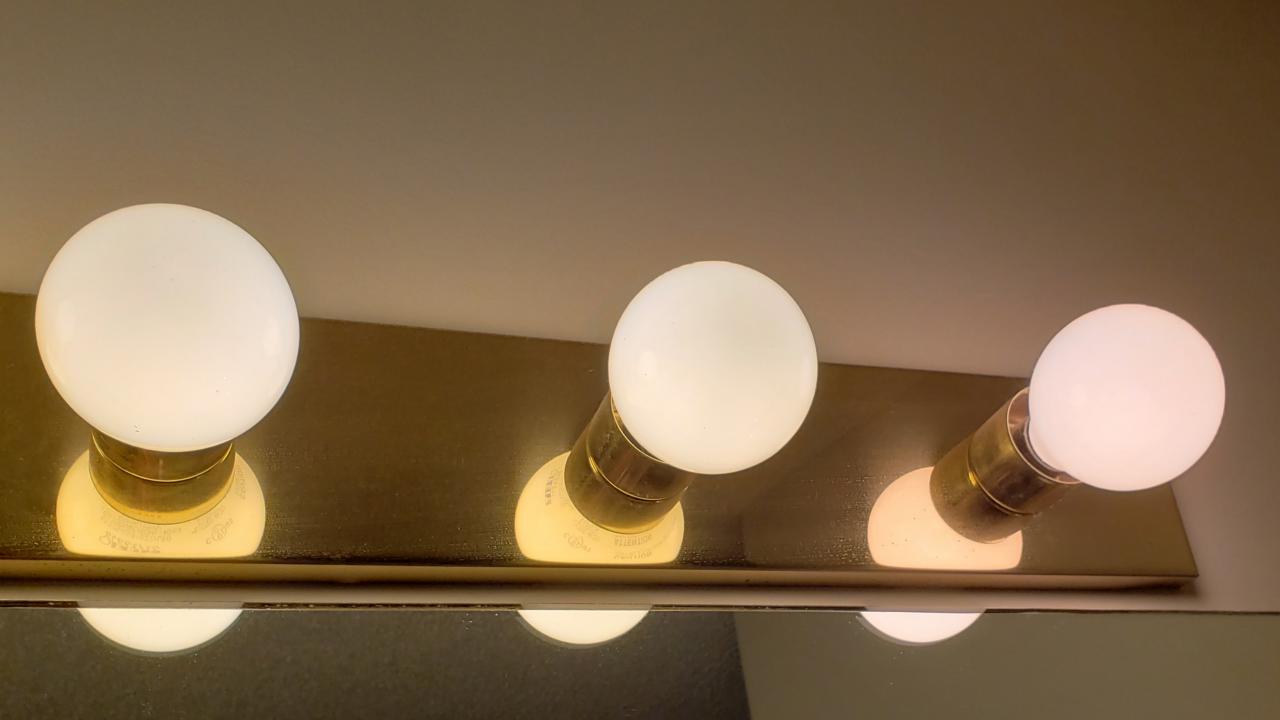
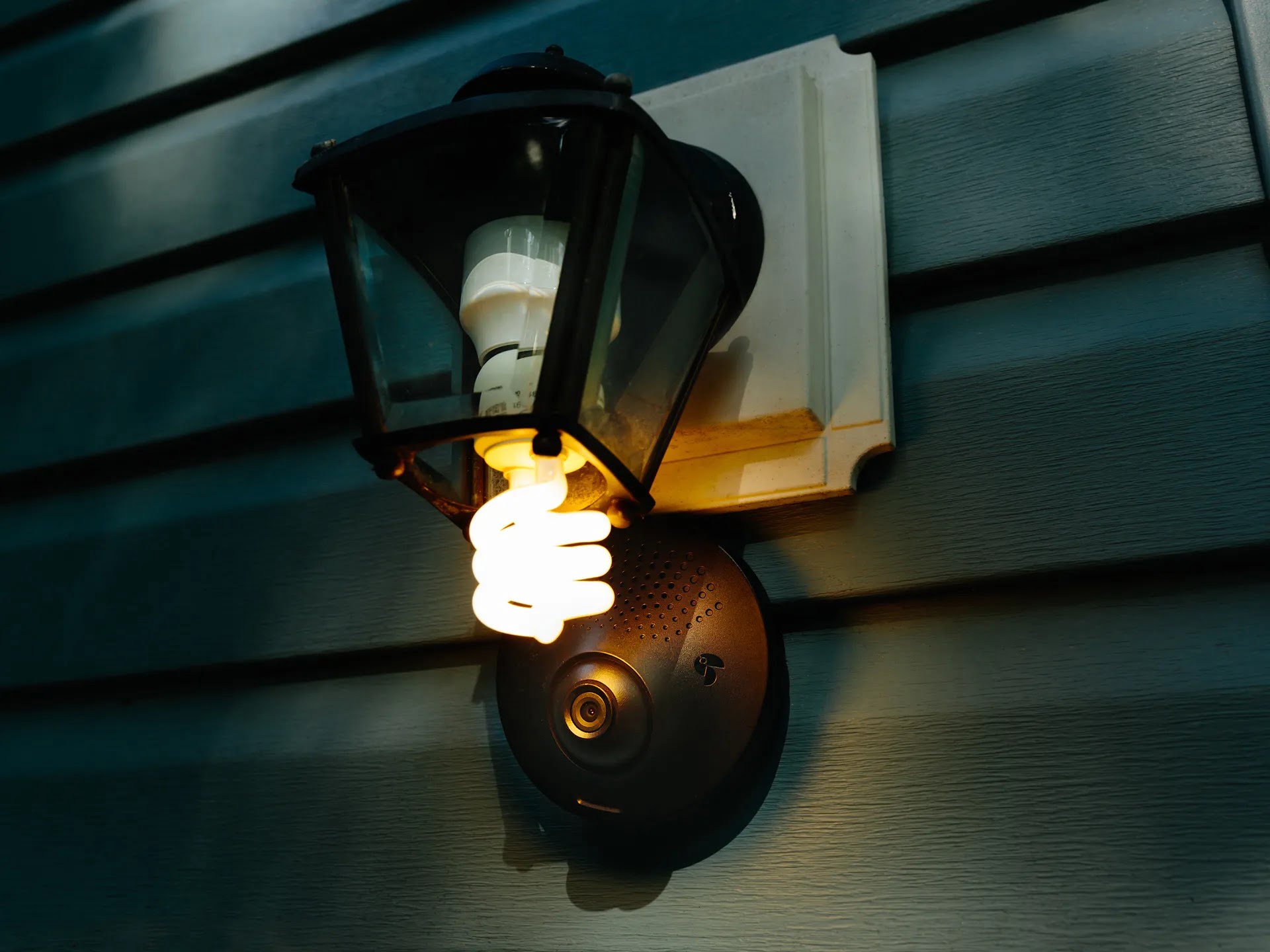
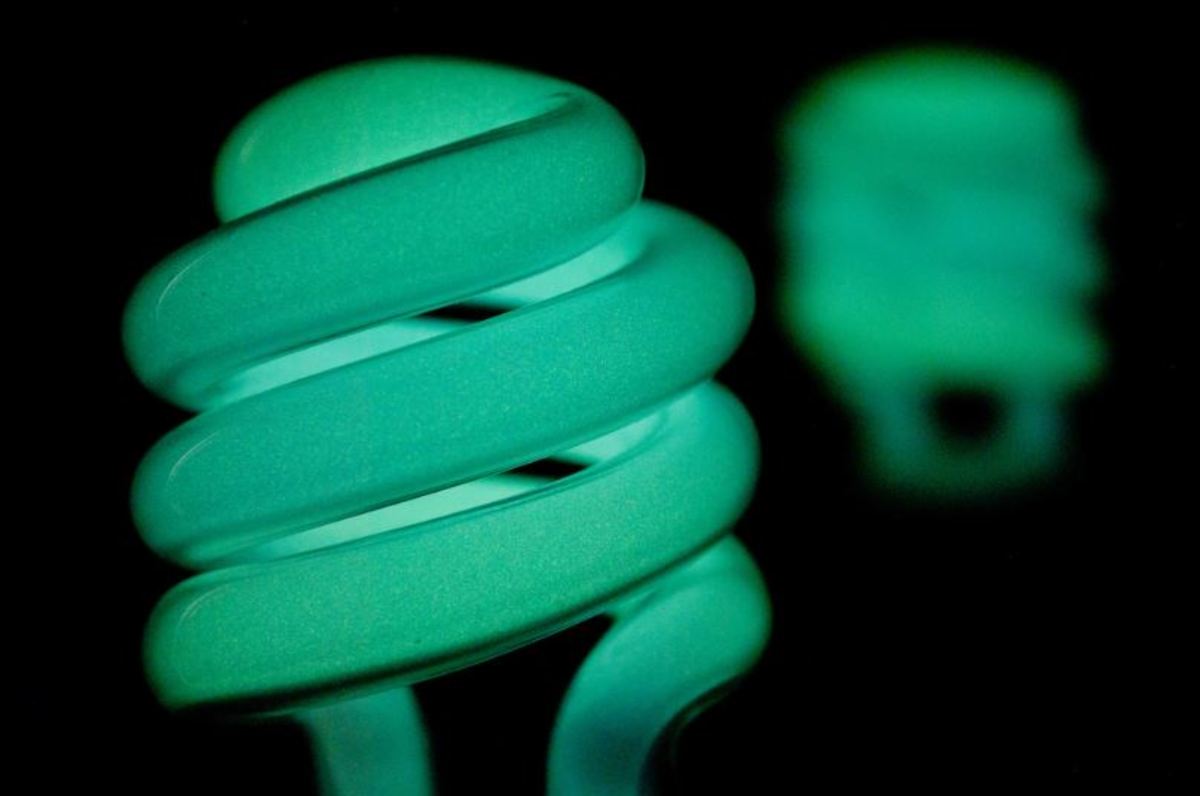
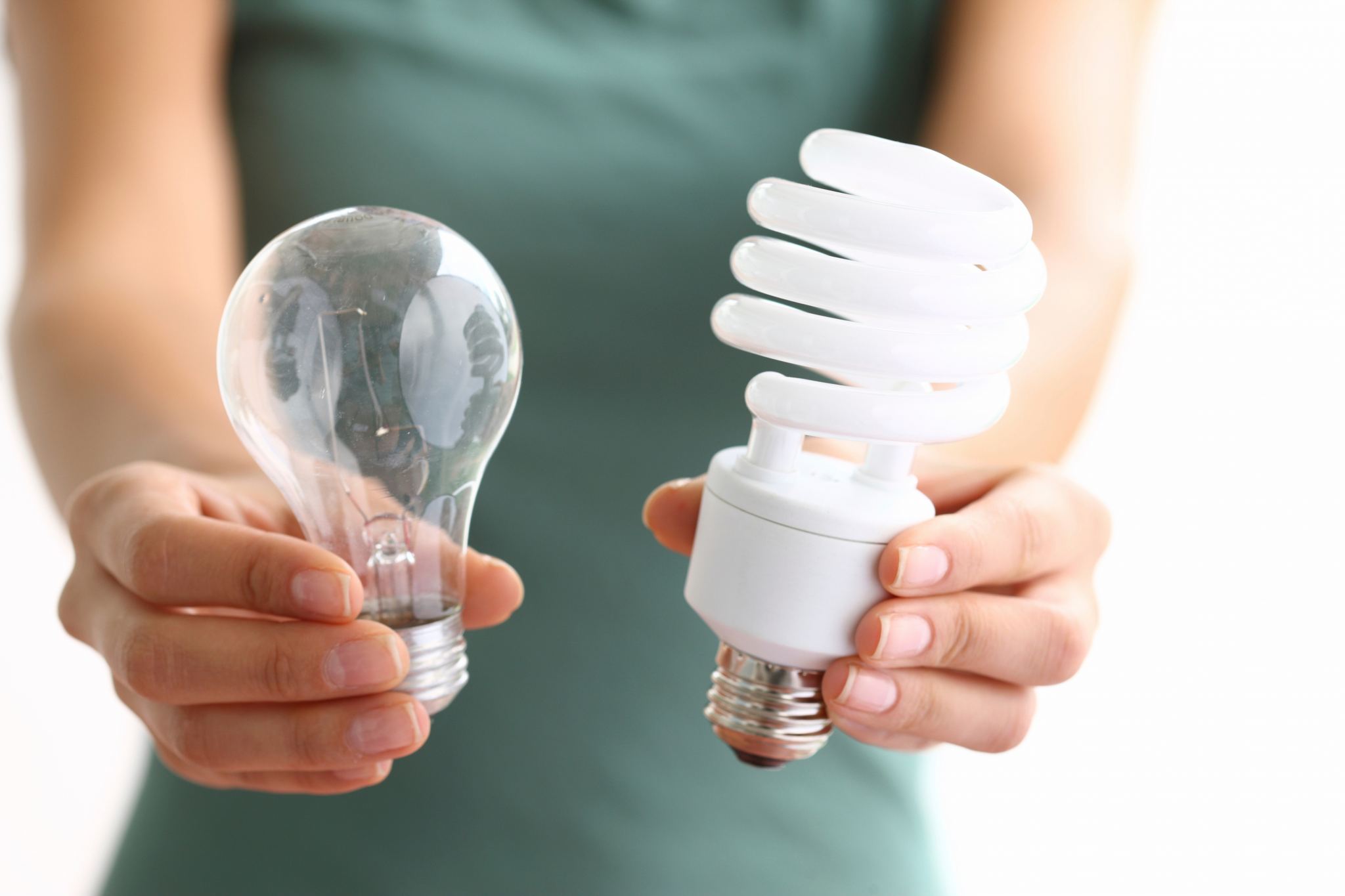
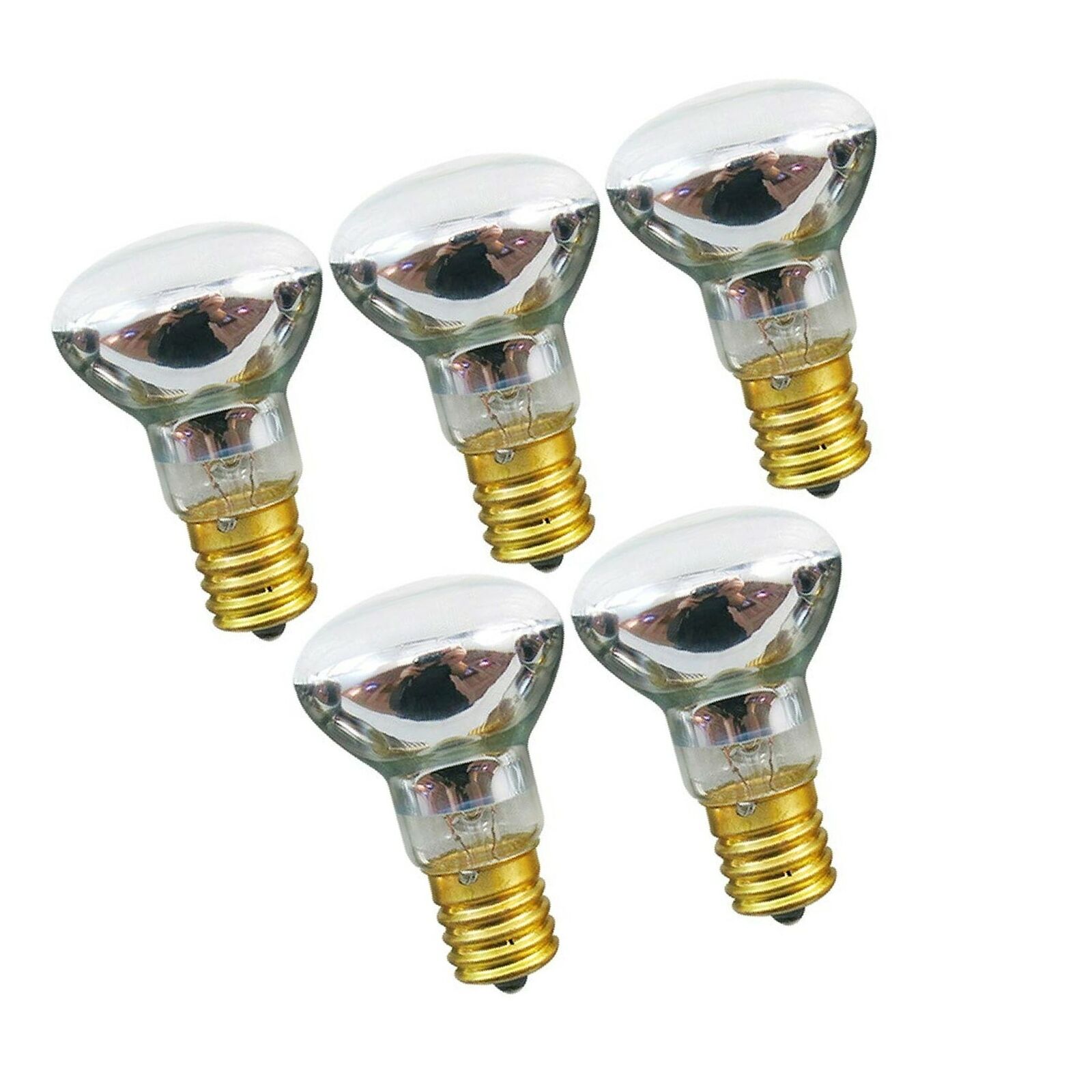
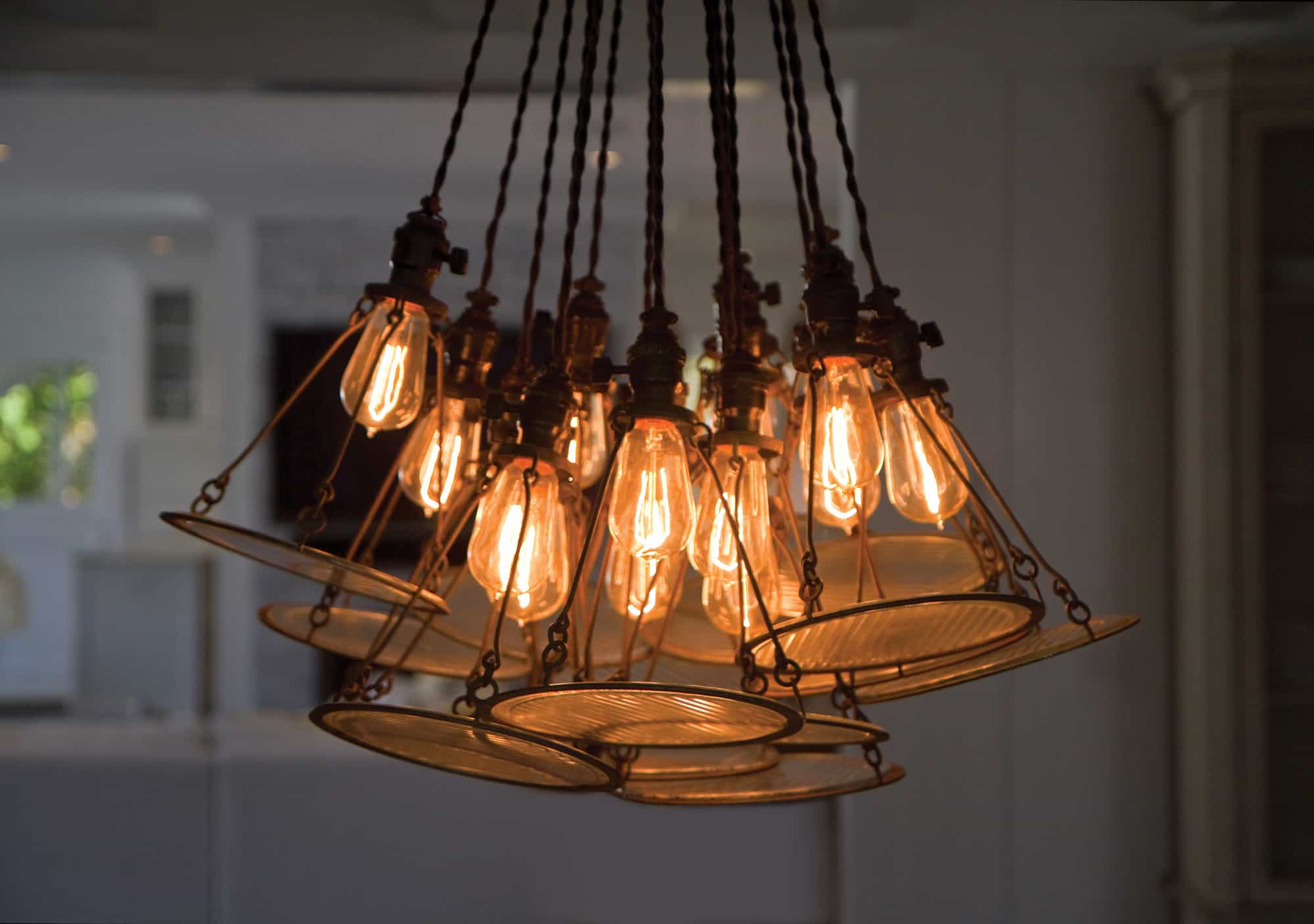
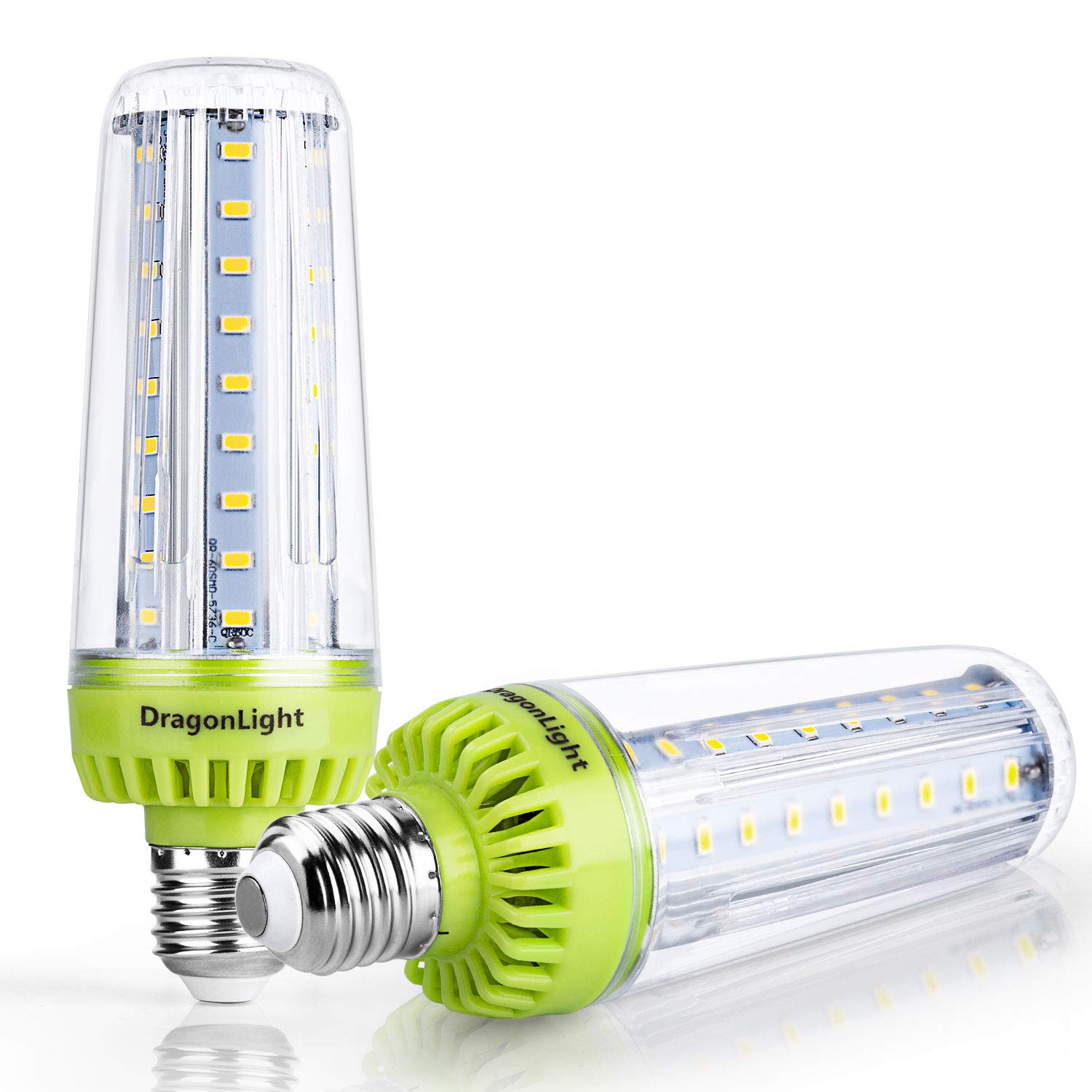
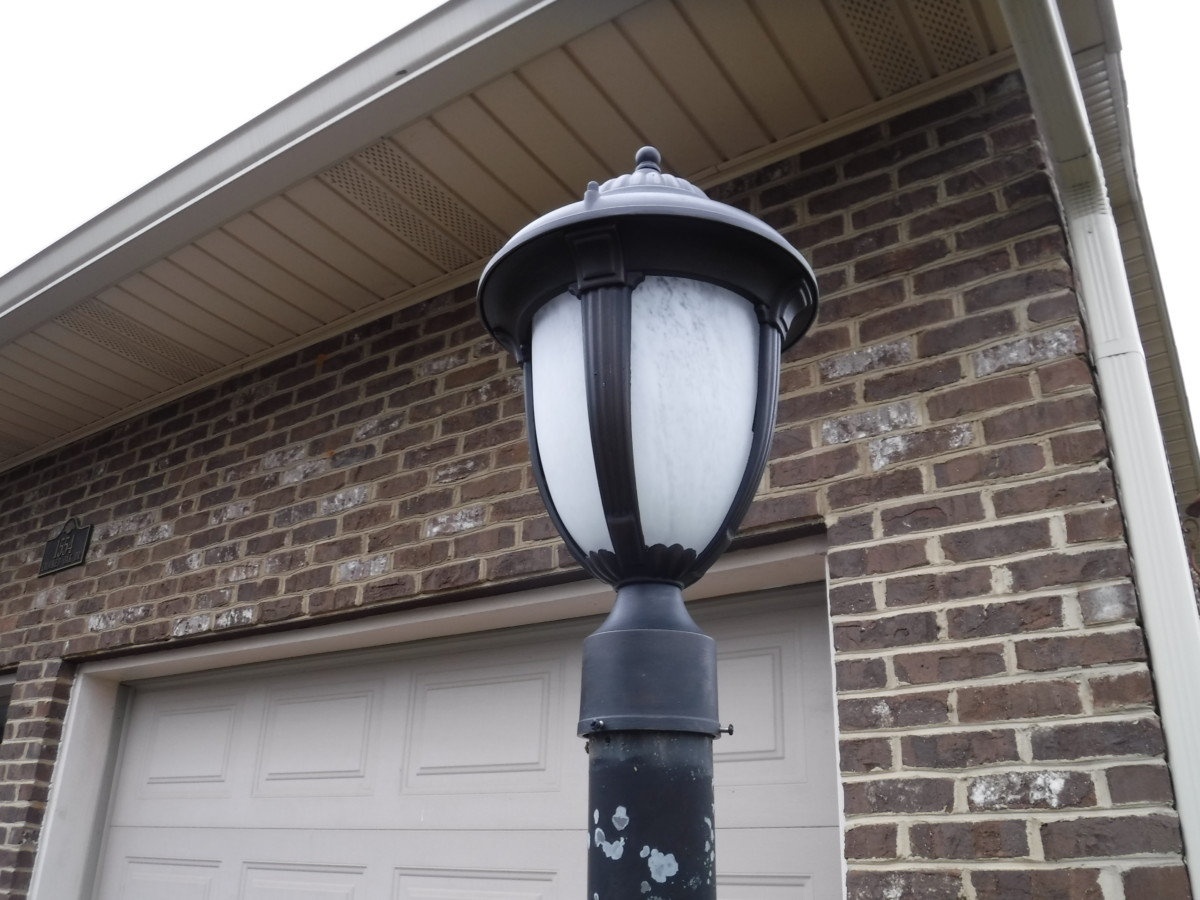

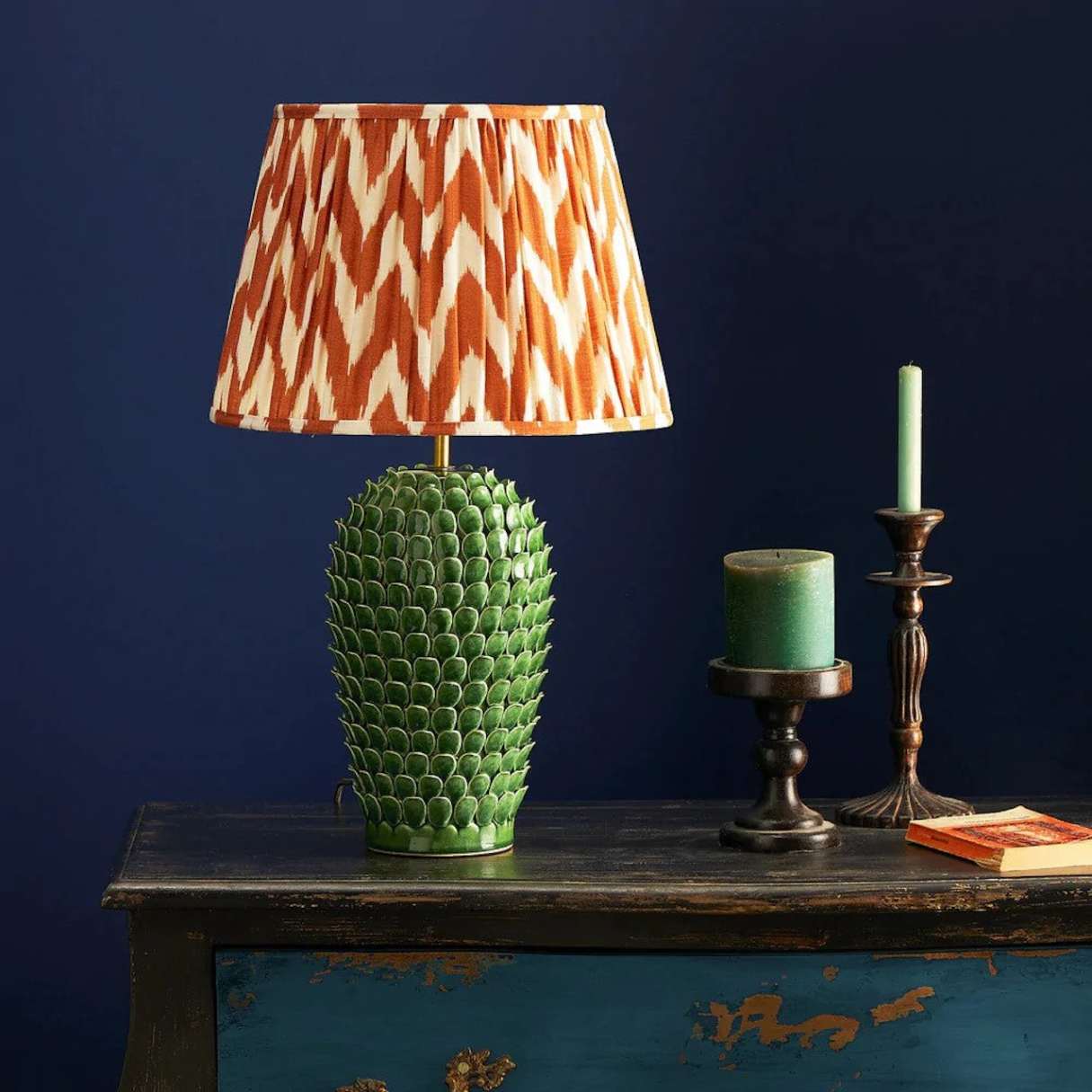

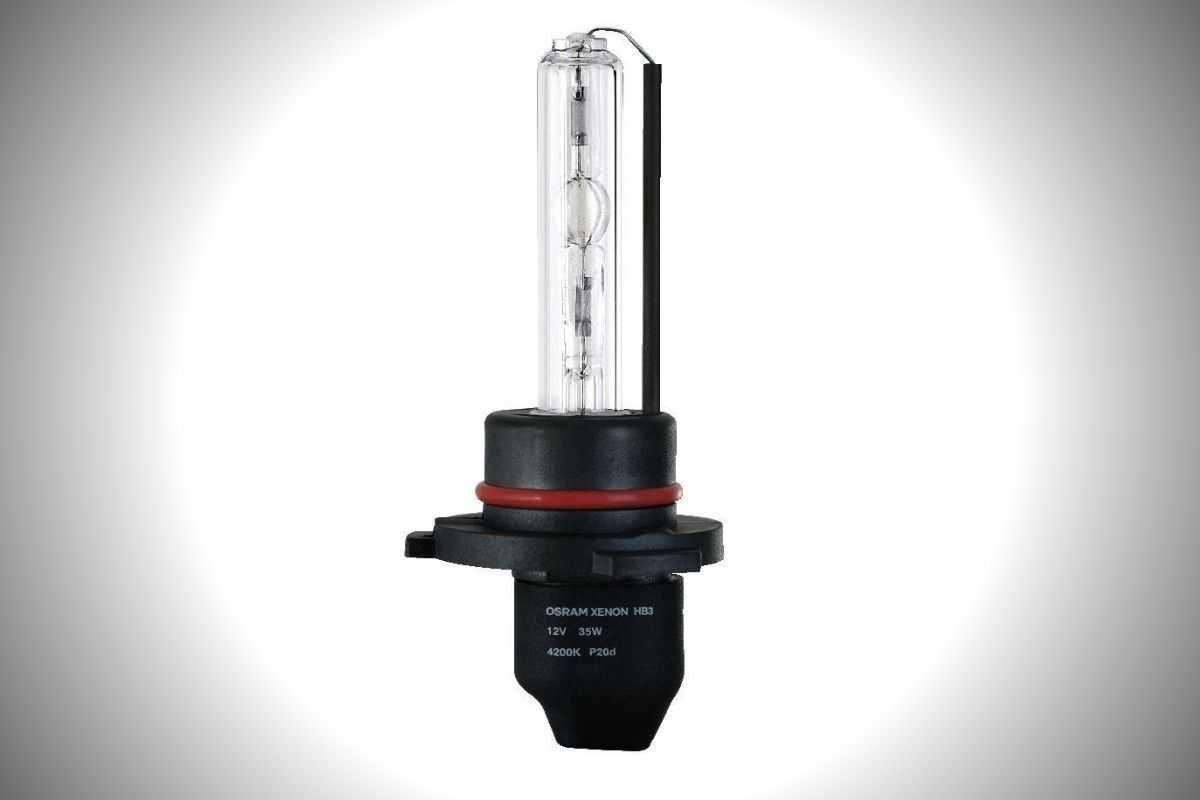
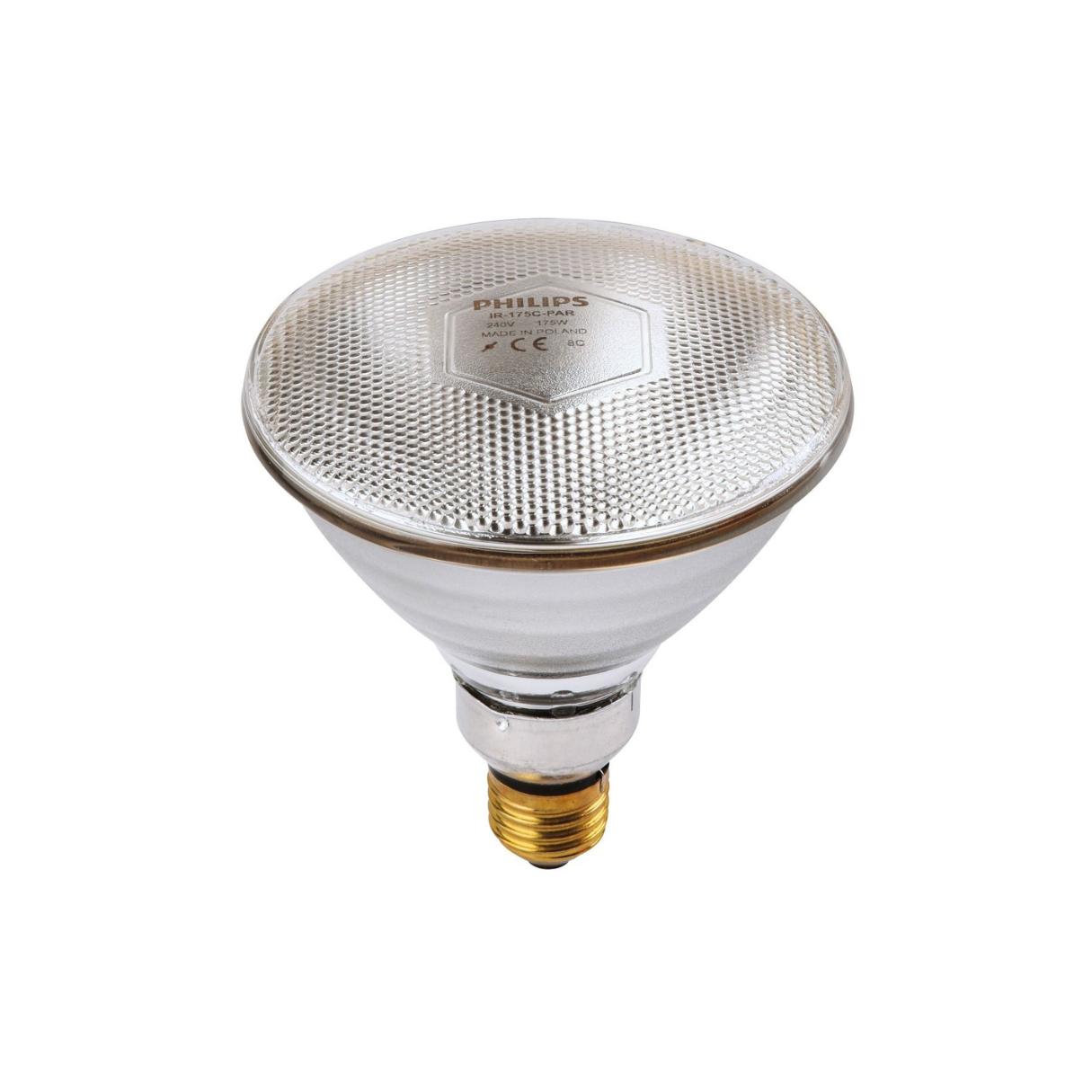

0 thoughts on “What Is A Type A Lamp Light Bulb”